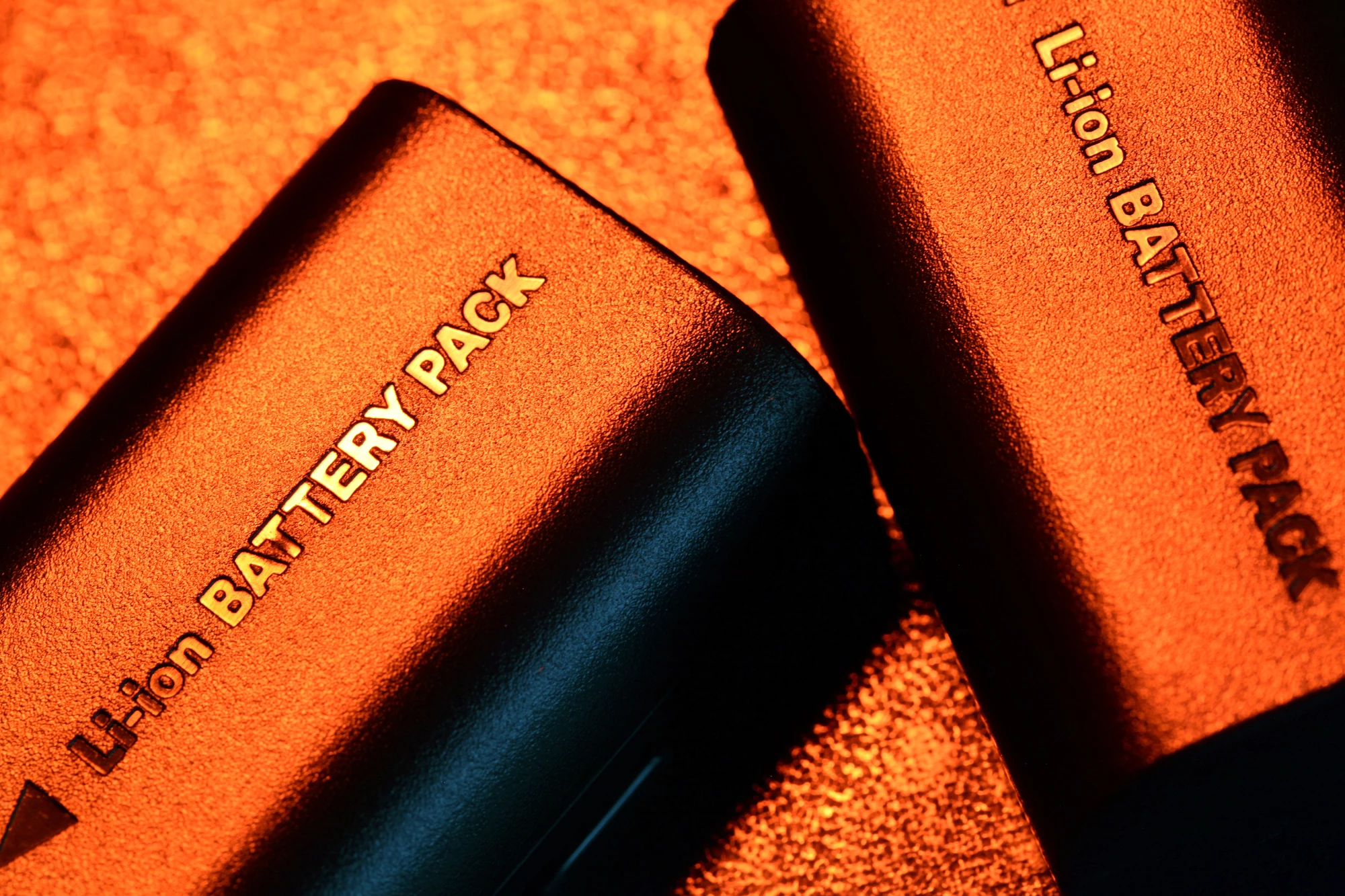The pursuit of next-generation battery architectures have scientists exploring all kinds of alternative materials, and one that has been seen as a great candidate for some time is silicon. Using the plentiful element as a lithium-ion battery’s anode could significantly improve its energy density, and scientists in Korea have now come up with a solution to one of the key hurdles standing in its way.
Today’s lithium-ion batteries use graphite as the material for the anode, the positively-charged electrode that works with the negatively charged cathode to shuttle the lithium ions back and forth during charging. While these batteries are capable of powering today’s mobile phones and electric cars, swapping the graphite for silicon, which can store four times the amount of lithium ions, could lead to phones that last for days or cars that travel hundreds of miles further on each charge.
But working silicon into a lithium-ion battery that makes the most of this potential has proven problematic. One of the issues scientists have been working to solve is the rapid decline in capacity, with silicon-based anodes shedding more than 20 percent of their lithium ions just during the initial charging cycle.
One of the ways that this could be overcome is through a technique known as “lithium pre-loading,” where extra lithium is added before the battery is assembled to make up for the losses during cycling. Often this is attempted through the use of lithium powders, though this is expensive and brings safety risks.

A team at Korea Institute of Science and Technology (KIST) has come up with another method of lithium pre-loading. Rather than adding lithium powder, the team submerged the silicon anode in a special solution for five minutes, which triggered a chemical reaction that sees electrons and lithium ions seep into the electrode.
In testing, the anode lost less than one percent of its active lithium during initial charging. A test battery constructed with the silicon anode was shown to have an energy density 25 percent higher than a comparable commercially available battery with a traditional graphite anode. The team says this technology has the potential to increase the range of electric vehicles by a minimum of 100 km (62 mi) on average, and would be fairly easy to implement for large-scale processing.
“We were able to improve the efficiency of a high-capacity silicon-based anode by leaps and bounds with the simple method of just controlling the solution temperature and reaction time,” says Dr Minah Lee, who led the research team. “As this technology is readily applicable to the roll-to-roll process used in existing battery manufacturing facilities, our method has potential to achieve a breakthrough in the implementation of silicon-based anodes for practical batteries."
The research was published in the journal Angewandte Chemie: International Edition.
Source: Korea Institute of Science and Technology via EurekAlert





